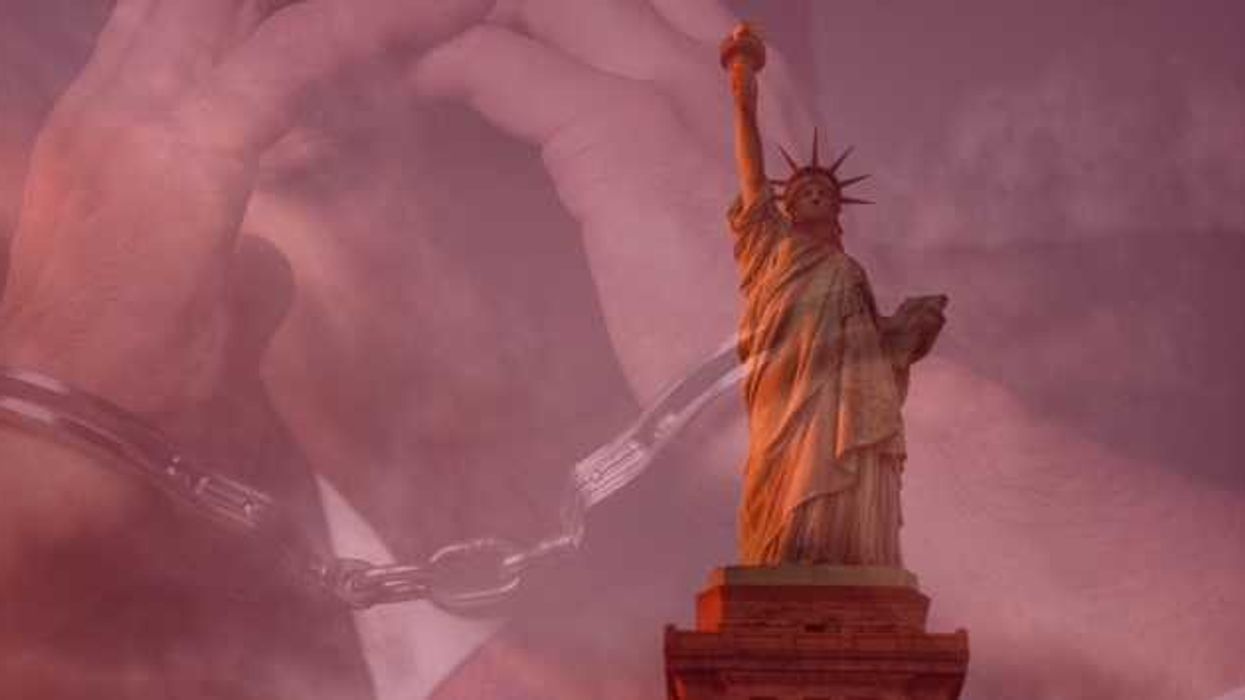Republicans continue to suspect they lost several close House races in California last fall because a new state law permits campaigns to collect mail ballots directly from voters, suggesting the system is ripe for fraudulent abuse. But now the GOP is quietly working on plans to improve their own ballot-harvesting operations in the nation's most populous state, hoping that helps grow their portion of delegation in 2020 from only seven of the 53 seats.
"We got our clocks cleaned," Minnesota's Tom Emmer, the new chairman of the House GOP campaign operation told GOP donors in a private conference call last month, according to a recording obtained by The Washington Post. "While the Democrats had an operation on the ground that was actually doing the ballot-harvesting, we did not have a corresponding organization that was doing that," Emmer said, promising: "That won't happen again."
That GOP vow to fight back is complicated by a significant public relations problem – the exposure of an illegal 2018 ballot-harvesting scheme on behalf of a Republican candidate that has prompted North Carolina to keep one House seat vacant until a special election this fall.
The suspicions about what happened in California centers on the potential for nefarious behavior when ballots completed and sealed in envelopes by voters are then put in the hands of partisan operatives with the promise of a safe delivery to election centers. The alleged ballot tampering in North Carolina includes filling out, or forging, ballots without the voters' knowledge or consent.


















